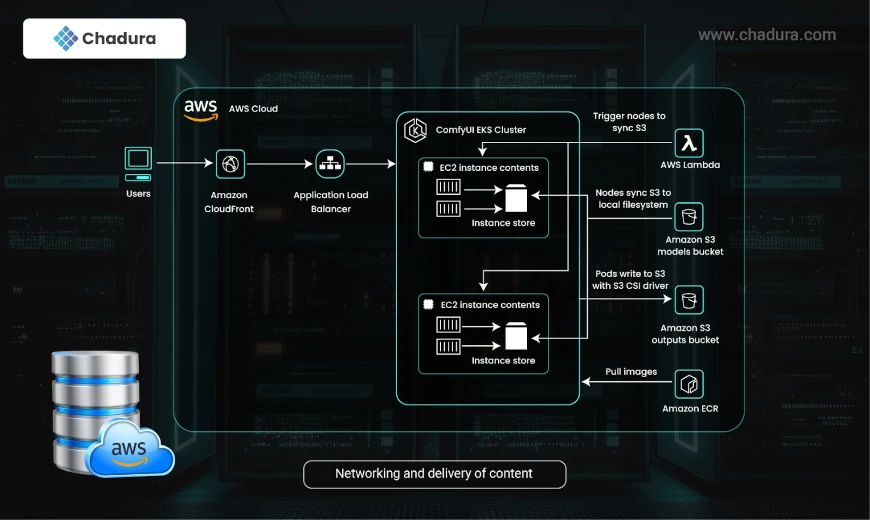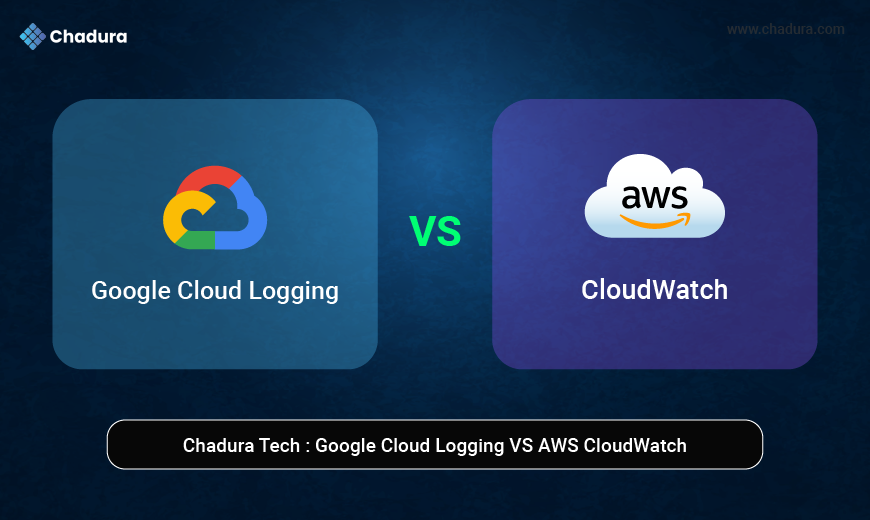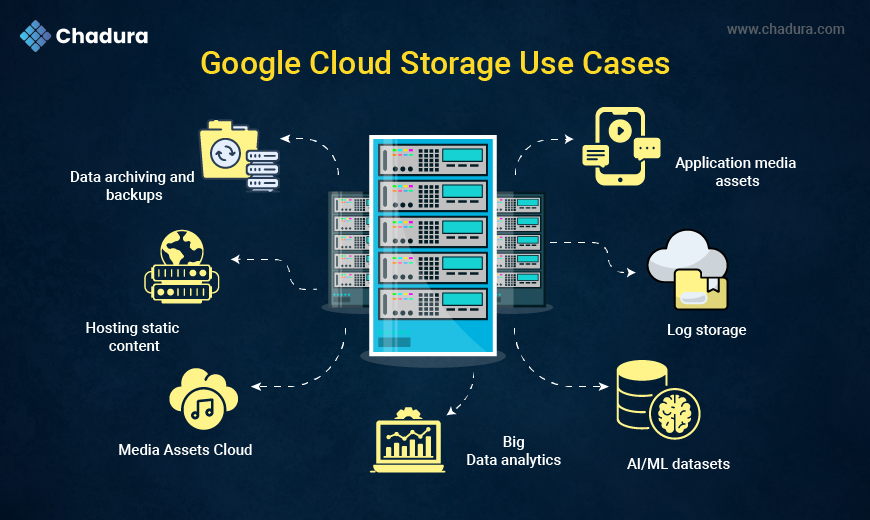Part - IV of Part I | Part II | Part III | Part IV | Part V
4. Networking and delivery of content
AWS Networking and Content Delivery refers to a suite of services designed to optimize the speed, security, and reliability of data transfer and content delivery over the Internet. These services help businesses manage their network infrastructure, deliver content efficiently across global regions, and ensure seamless user experiences.
Key components of AWS Networking and Content Delivery include:
1. Amazon VPC (Virtual Private Cloud)
Amazon VPC enables you to create isolated virtual networks within the AWS cloud, granting you full control over network configuration. With VPC, you can:
- Launch resources in a logically isolated network.
- Define custom IP address ranges, subnets, and route tables. Implement advanced security measures with network access control lists (ACLs) and security groups.
This service is foundational for running secure, scalable, and high-performance applications in the cloud.
2. AWS Direct Connect
AWS Direct Connect establishes a dedicated private network connection between your on-premises data center and AWS. Unlike traditional internet-based connections, Direct Connect offers:
- Lower latency and consistent network performance.
- Enhanced security by bypassing the public internet.
- Reduced bandwidth costs for data transfers.
This service is ideal for businesses requiring reliable and secure communication between their on-premises and cloud environments.
3. AWS Global Accelerator
AWS Global Accelerator improves application availability and performance for global users by routing traffic to the nearest AWS Region.
Key benefits include:
Improved Latency: Traffic is routed through AWS's highly available global network infrastructure.
High Availability: Automatic failover to healthy endpoints ensures uninterrupted service.
Customizable Traffic Policies: Prioritize and direct traffic using traffic dials.
This service is particularly effective for latency-sensitive and mission-critical applications.
4. Amazon Route 53
Amazon Route 53 is a scalable and highly reliable Domain Name System (DNS) service. With Route 53, you can:
- Register and manage domain names.
- Route user requests to AWS services or other endpoints with high availability.
- Enable geolocation-based routing for improved content delivery.
- Route 53 integrates seamlessly with other AWS services, making it a cornerstone for modern cloud-based applications.
5. Amazon CloudFront
Amazon CloudFront is AWS’s Content Delivery Network (CDN) designed to distribute content globally with low latency and high transfer speeds. It works by caching content at edge locations worldwide, providing:
- Faster delivery of websites, videos, APIs, and more.
- Built-in DDoS protection through AWS Shield.
- Integration with other AWS services like S3 and Lambda@Edge for dynamic content generation.
- CloudFront is a powerful tool for improving the performance of web applications and digital content distribution.
6. AWS Elastic Load Balancing (ELB)
AWS Elastic Load Balancing distributes incoming application traffic across multiple targets, such as EC2 instances, containers, and IP addresses. Key features include:
Improved Fault Tolerance: Distributes traffic to healthy instances automatically.
Scalability: Dynamically adjusts to handle varying traffic loads.
Support for Modern Protocols: Includes support for HTTP/2 and gRPC With ELB, businesses can enhance application availability and resilience with minimal effort.AWS networking and content delivery services form the backbone of highly available, scalable, and secure cloud applications. From creating isolated networks with Amazon VPC to ensuring fast global content delivery with CloudFront, these services empower organizations to innovate and thrive in the digital age.





